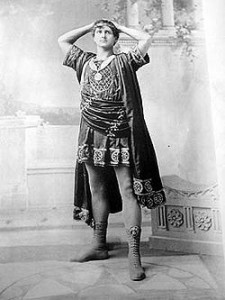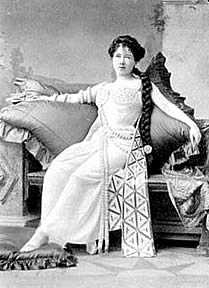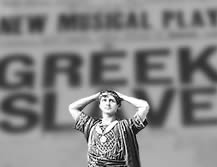Description
 Be spellbound by the performances of A Greek Slave at Swansea Grand Theatre in October 1899, where both the plot of the musical comedy and the constitution of the audience challenged class differentials. This musical comedy was one of the great hits of the late Victorian and early 20th-century British stage. It even transferred to Broadway.
Be spellbound by the performances of A Greek Slave at Swansea Grand Theatre in October 1899, where both the plot of the musical comedy and the constitution of the audience challenged class differentials. This musical comedy was one of the great hits of the late Victorian and early 20th-century British stage. It even transferred to Broadway.
The Swansea Grand Theatre had been opened just two years previously, and its enterprising proprietors F. Mouillot and H.H. Morell were keen to host touring performances by the most popular London shows of the day. A Greek Slave had opened the year before at Daly’s Theatre off London’s Leicester Square and had run for an (in those days) staggering 349 performances, benefitting from the performance of the hugely popular soprano Marie Tempest as the leading lady, Maia.
 The libretto was by Owen Hall. Born into an Anglo-Irish-Jewish family, he had all the benefits of a middle-class education, and had graduated in Law from UCL. He was famously witty. His satirical gifts produced in A Greek Slave a plot in the spirit of Plautine comedy in which slaves often outwit their masters. But the important difference is that in Hall’s new operetta, slaves can actually marry their social superiors. This new development reflects the massive social upheavals of the fin-de-siecle, with increasing class-consciousness and militancy amongst the London (and South Wales) poor, and social mobility at all levels.
The libretto was by Owen Hall. Born into an Anglo-Irish-Jewish family, he had all the benefits of a middle-class education, and had graduated in Law from UCL. He was famously witty. His satirical gifts produced in A Greek Slave a plot in the spirit of Plautine comedy in which slaves often outwit their masters. But the important difference is that in Hall’s new operetta, slaves can actually marry their social superiors. This new development reflects the massive social upheavals of the fin-de-siecle, with increasing class-consciousness and militancy amongst the London (and South Wales) poor, and social mobility at all levels.
Hall sets the drama in Rome at the time of the Roman Saturnalia, a festival which in reality involved social role-inversion in which masters and slaves temporarily exchanged places. Maia is the bourgeois daughter of a Persian soothsayer, and her love for her father’s Greek slave, Diomed, triumphs over all obstacles. One of those obstacles is that her rival for his love is none other than the Emperor’s daughter, Princess Antonia. But this amorous aristocrat ends up with a more appropriate partner in the shape of the Prefect of Rome, Pomponius. Slave and middle-class can intermarry, but the elite ultimately stick to their own.
— Many thanks to West Glamorgan Archives, Swansea, for their help in guiding us through their excellent archive and for allowing us to use the photo of the original playbill (above), housed at the Civic Centre, Swansea.






